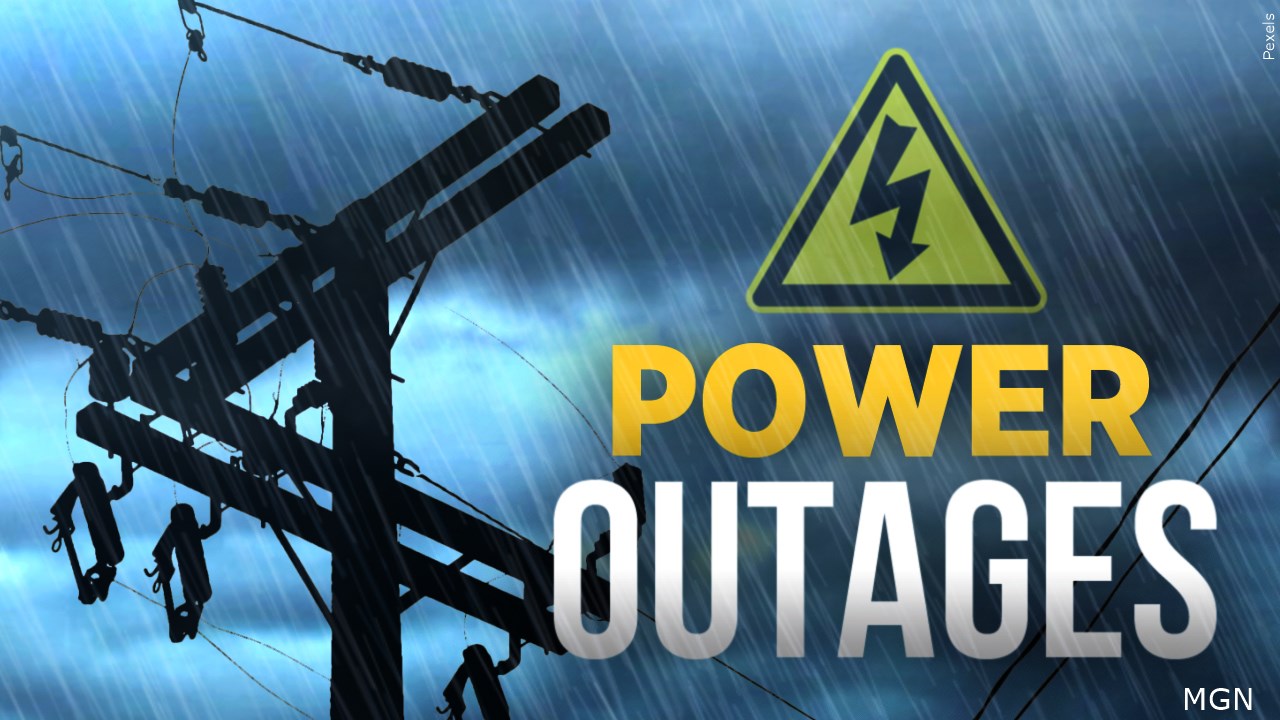During a power outage in San Francisco, it is crucial to stay safe and informed. Here are some key points based on the search results provided:
Reporting Outages
Experiencing a power outage can be frustrating and potentially dangerous. If you find yourself without power, the first step is to report the outage to PG&E promptly. You can do this by calling 1-877-660-6789 or visiting their website to report the issue. Remember to provide accurate information, including your address and any other relevant details. This helps PG&E pinpoint the problem quickly and efficiently.
Safety Measures
Safety should always be the top priority during a power outage. One of the most significant dangers is downed power lines. If you come across a downed power line, do not approach it under any circumstances. Instead, call 9-1-1 immediately and keep a safe distance. It is advised to avoid contact with anything near the power line and to keep children and pets away from the area until it is deemed safe by the authorities.
Checking Outage Status
Staying informed about the outage situation is essential for planning and preparation. Residents of San Francisco can check the status of power outages by visiting PG&E’s Outage Map on their website. This map provides real-time information about outages in the area, including estimated times of restoration. By staying updated, residents can make informed decisions and better cope with the outage.
Preventing Disruption
While power outages are inevitable at times, taking preventive measures can help minimize disruptions. Knowing when and where power outages occur can help individuals prepare and take necessary precautions. By tracking outages and staying informed, residents can have backup plans in place, such as emergency lighting and alternative power sources, to mitigate the impact of the outage on their daily lives.
Common Causes of Power Outages
Understanding the common causes of power outages can also help individuals prepare for such events. In San Francisco, like many other areas, power outages can occur due to various reasons, including:
- Storms: Wind, heat, ice, and snow can all lead to widespread power outages. Lightning accompanying storms poses an additional risk of damaging electrical equipment.
- Trees: High winds or poorly trimmed tree limbs can come into contact with power lines, causing interruptions in the power supply.
- Vehicles: Collisions with utility poles by vehicles can result in localized power outages.
- Earthquakes: San Francisco is prone to earthquakes, which can damage electrical facilities and power lines, leading to outages.
- Animals: Wildlife such as squirrels and snakes can cause short circuits by coming into contact with electrical equipment.
- Lightning: Strikes on electrical equipment, transmission towers, wires, and poles can result in power outages.
- Excavation and Digging: Disturbance of underground cables during construction or landscaping projects can lead to outages if wires are accidentally contacted.
- High Power Demand: During heatwaves or times of unusually high power demand, overburdened cables and transformers can fail, causing blackouts or brownouts.
By being aware of these potential causes, individuals can take proactive measures to safeguard against power outages and minimize their impact.
(FAQs)
- How do I report a power outage? To report a power outage, contact PG&E at 1-877-660-6789 or visit their website to submit a report online. Provide accurate information about the outage, including your address.
- What should I do if I encounter a downed power line? If you see a downed power line, stay away from it and call 9-1-1 immediately. Avoid touching anything in contact with the power line, and keep others, including children and pets, away from the area.
- How can I check the status of a power outage? Residents can check the status of power outages in San Francisco by visiting PG&E’s Outage Map on their website. The map provides real-time information about outages in the area, along with estimated restoration times.
- What are some common causes of power outages? Common causes of power outages include storms, tree limbs coming into contact with power lines, vehicle collisions with utility poles, earthquakes, wildlife interference, lightning strikes, excavation accidents, and high power demand.
- How can I prevent disruptions during a power outage? Knowing when and where power outages occur can help prevent disruptions. By tracking outages, staying informed, and having backup plans in place, such as emergency lighting and alternative power sources, individuals can minimize the impact of outages on their daily lives.
- What precautions should I take during a power outage? During a power outage, prioritize safety by staying away from downed power lines, using flashlights instead of candles for lighting, and avoiding opening the refrigerator unnecessarily to preserve food.
Conclusion
In conclusion, experiencing a power outage can be inconvenient and potentially hazardous. However, by following safety protocols, staying informed, and being prepared, individuals can effectively manage power outages and minimize their impact on daily life. Remember to report outages promptly, prioritize safety at all times, and take proactive measures to prevent disruptions. By doing so, you can navigate power outages with confidence and peace of mind.

